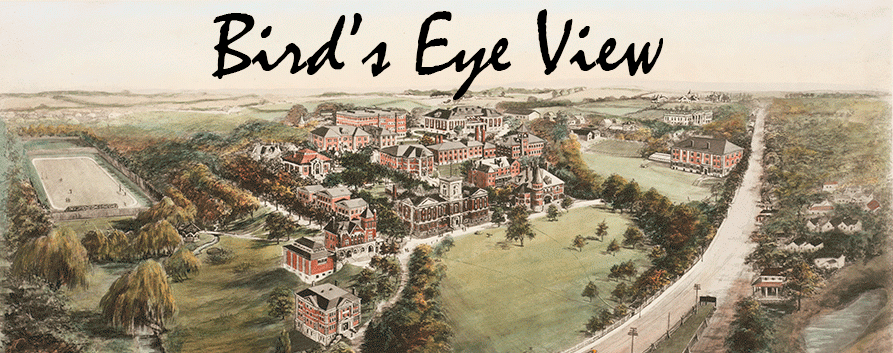In his 1861 letter to Orville Browning, President Lincoln wrote, “I hope to have God on my side, but I must have Kentucky.” As a border state, Kentucky’s role in the Civil War was pivotal. If the Union lost Kentucky to the Confederacy, Lincoln believed there was a much higher risk of losing two more border states—Maryland and Missouri—and, ultimately, the war. The success of Lincoln’s objective heavily relied on securing the Kentucky Central Railroad to allow the timely movement of Federal troops and supplies. The railroad’s vital importance to securing the state led the small town of Cynthiana, thirty miles north of Lexington, to become one of the most contested cities in the Commonwealth.
In “Kentucky Rebel Town: The Civil War Battles of Cynthiana and Harrison County,” William A. Penn chronicles the multiple engagements that the town of barely over 1000 residents saw during the war. Drawing on dozens of newspapers as well as the personal journals and letters of citizens, slaves, and soldiers, Penn recounts this tale of neighbor against neighbor, fighting on opposite sides of the bloodiest war in American history. Penn outlines the events and discusses the obstacles both the Union and the Confederacy faced while fighting for access to the Kentucky Central Railroad. He also examines Harrison County’s shift in political power from pro-Southern to pro-Union and the battles’ broader impact on the war and on Kentucky.
Lieutenant Colonel John J. Landram took charge of the Union’s defense of a divided Cynthiana. Opposing him was famed partisan ranger John Hunt Morgan and the Second Kentucky Cavalry. In an attempt to seize control of central Kentucky, Morgan had been assigned by General Braxton Bragg to prepare for a Confederate invasion by disrupting Union use of railroads, communications, and military supplies in what became known as Morgan’s First Kentucky Raid. As Morgan swept through central Kentucky, the two forces collided on July 17, 1862, in the First Battle of Cynthiana. Morgan’s forces attacked Cynthiana from three sides, and in nearly an hour-and-a-half of fighting they overcame the defenders, taking 420 prisoners, a twelve-pound cannon, small arms, and 300 horses. The victory paved the way for Bragg’s Kentucky Campaign that culminated in the Battle of Perryville, though Union forces reoccupied Cynthiana as Morgan continued his raid.
Morgan returned to Cynthiana in June of 1864 on his Last Kentucky Raid. He led 1200 cavalrymen in the Second Battle of Cynthiana on June 11 and 12, which included three separate engagements. The battle opened with a fight for the covered bridge over the Licking River in Cynthiana where Morgan routed a group of 300 Federal troops led by Colonel Conrad Garis. Later that day, Morgan’s forces trapped 750 men of the 171st Ohio Infantry under the command of Brigadier General Edward Hobson along the Licking River, forcing them to surrender at Keller’s Bridge. Rather than continue his raiding tactics, Morgan inexplicably decided to stay and fight the larger relief force under Brigadier General Stephen G. Burbridge the following day. The Union’s superior numbers routed the Confederate forces at Kimbrough’s Hill, though Morgan and many of his officers escaped.
In the annals of the Civil War, Harrison County played a relatively minor military role. Union control of the railroad there ensured a steady supply of troops and supplies moved south from Cincinnati. More significantly, however, the engagements there effectively ended the career of Morgan, the “Thunderbolt of the Confederacy.” Three months later he would be dead, shot in the back by Union cavalrymen while trying to escape a raid on Greeneville, Tennessee. Cynthiana also showed the scars of the war. During the battle for the covered bridge, a Confederate soldier set fire to the Rankin Hotel’s stables in an attempt to flush Union troops from the buildings. It quickly spread and burned most of Main Street. Over time, the town managed to rebuild what was lost in the fire, but the memory of neighbor fighting neighbor still echoes in the community to this day.
William A. Penn, editor of the “Harrison Heritage News,” has published articles in “Northern Kentucky Heritage” and the “Ohio Genealogical Society Quarterly.”


Thank you for the review. My only comment is the opening quote of the letter from Lincoln to Browning should have been (September 22, 1861,) “I think to lose Kentucky is nearly the same as to lose the whole game.”
ReplyDelete